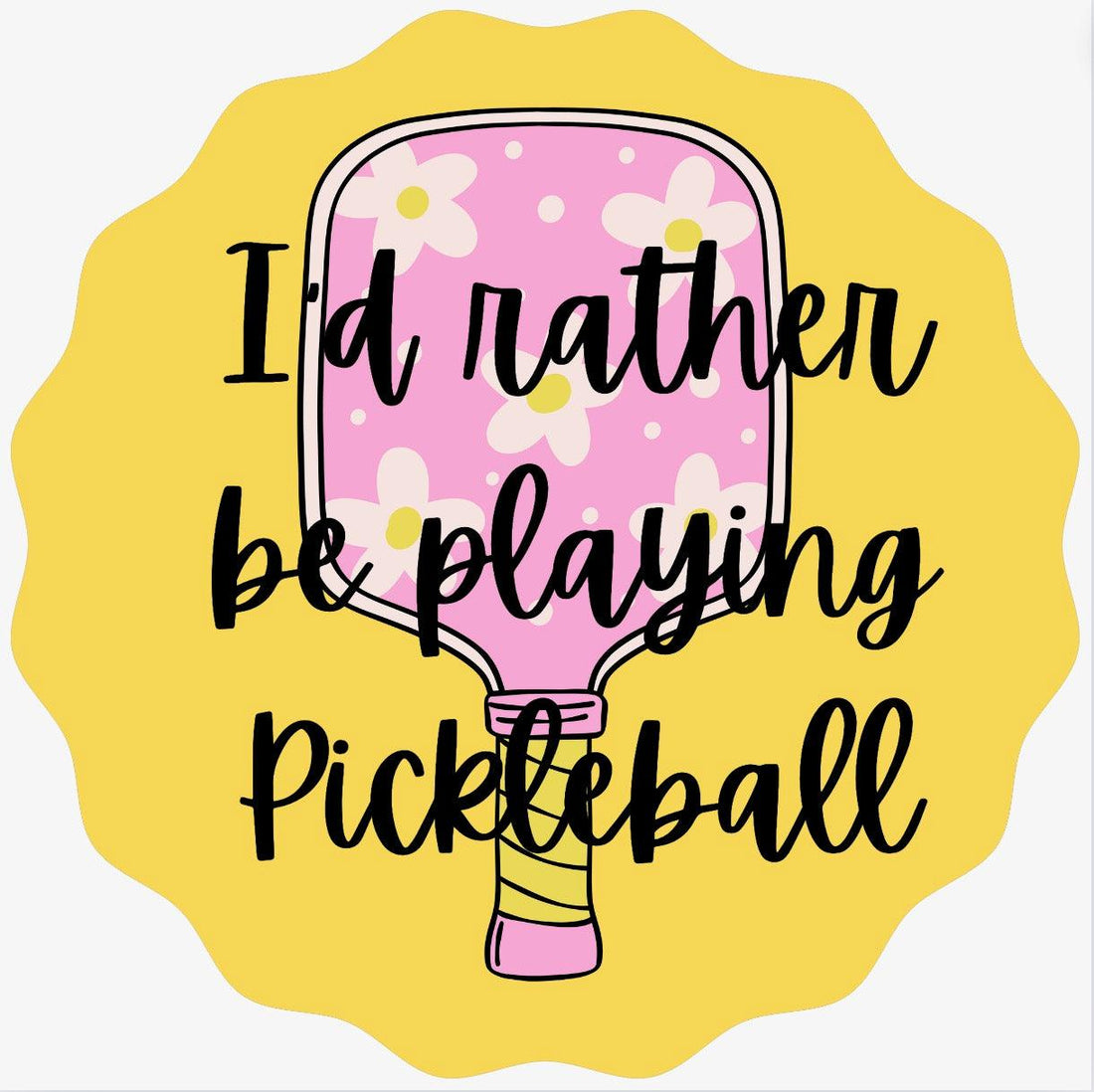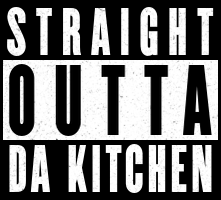
Common Pickleball Injuries and How to Avoid or Recover from Them Quickly
Share
Pickleball is one of the fastest-growing sports in the world, offering a fun and engaging way to stay active. However, as with any physical activity, it comes with the risk of injury, especially as you push your limits. Whether you're new to the game or a seasoned player, understanding common pickleball injuries and knowing how to prevent or recover from them is essential to staying on the court longer and playing stronger.
1. Ankle Sprains
Ankle sprains are one of the most common injuries in pickleball. Quick lateral movements and sudden stops can put your ankle in vulnerable positions.
Prevention Tips:
Wear Proper Footwear: Choose shoes designed for court sports, providing good ankle support and traction.
Warm Up: Stretch and warm up your ankles before playing. Simple exercises like ankle rotations and calf stretches can help.
Strengthen Your Ankles: Work on balance and ankle-strengthening exercises, like standing on one foot or using a wobble board.
Quick Recovery Tips:
RICE Method: Rest, Ice, Compression, and Elevation are key for ankle sprains. Wrap your ankle in a compression bandage and elevate it to reduce swelling.
Rehab Gradually: Once the pain subsides, perform ankle mobility and strengthening exercises to regain stability.
2. Tennis Elbow (Lateral Epicondylitis)
Tennis elbow is another common injury caused by repetitive motions, especially in the wrist and forearm muscles. Pickleball players often experience it due to frequent wrist flexing during gameplay.
Prevention Tips:
Proper Technique: Avoid overusing your wrist when hitting the ball. Instead, focus on engaging your shoulder and forearm to generate power.
Use a Comfortable Paddle: Choose a paddle that feels good in your hand and isn't too heavy, reducing strain on your arm.
Quick Recovery Tips:
Rest and Ice: Give your elbow time to rest and apply ice to reduce inflammation.
Forearm Stretches: Perform gentle wrist stretches to improve flexibility and reduce tightness in your forearm muscles.
Brace It: Wearing an elbow brace can help relieve stress on the injured area during recovery.
3. Knee Pain and Injuries
Pickleball's constant start-stop nature and quick changes of direction can lead to knee pain, including conditions like patellar tendinitis or even meniscus tears.
Prevention Tips:
Strengthen Leg Muscles: Focus on exercises that strengthen your quads, hamstrings, and calves to give your knees better support.
Maintain Proper Form: Avoid twisting your knee when making sharp movements. Bend your knees when pivoting to reduce strain.
Stay on Even Ground: Be mindful of uneven court surfaces, as they can lead to unexpected falls or strains.
Quick Recovery Tips:
RICE Method: Again, Rest, Ice, Compression, and Elevation will help with knee pain.
Knee Bracing: A knee brace or sleeve can provide extra support during your recovery phase.
Low-Impact Exercise: Engage in gentle exercises like cycling or swimming to keep your joints moving without putting too much pressure on your knees.
4. Shoulder Strains
Shoulder injuries in pickleball can come from repetitive overhead shots, improper serves, or overexertion.
Prevention Tips:
Strengthen Your Shoulders: Strengthening exercises like shoulder presses and rotator cuff exercises can build shoulder stability and reduce the risk of injury.
Use Proper Serving Techniques: Avoid serving with too much force or improper form. Focus on smooth and controlled movements.
Stretch Regularly: Perform shoulder and arm stretches before and after games to maintain flexibility.
Quick Recovery Tips:
Rest and Recovery: Take time off the court to avoid further strain. Ice your shoulder after games to reduce inflammation.
Light Stretching: Incorporate gentle stretches to improve range of motion as your shoulder heals.
5. Plantar Fasciitis
Plantar fasciitis, or inflammation of the tissue on the bottom of your foot, is common among athletes, especially those doing a lot of running and jumping.
Prevention Tips:
Supportive Footwear: Wear shoes with good arch support and cushioning to absorb shock.
Stretch Your Feet: Regularly stretch your calves and the bottoms of your feet to improve flexibility and reduce tension on the plantar fascia.
Quick Recovery Tips:
Massage and Ice: Rolling a tennis ball under your foot or icing it can help alleviate pain and reduce inflammation.
Rest: Avoid activities that aggravate the condition. Instead, focus on low-impact exercises like swimming or cycling.
Staying Injury-Free on the Pickleball Court
Injuries are part of any sport, but by taking preventative measures, you can reduce your risk and keep enjoying pickleball. Here are a few general tips to stay injury-free:
Always Warm Up and Cool Down: Take at least 10-15 minutes before and after your game to warm up and cool down your muscles.
Stay Hydrated: Dehydration can lead to muscle cramps and fatigue, making you more susceptible to injury.
Listen to Your Body: Don’t push through pain. If something feels off, take a break, and address the issue before it becomes a more serious injury.
Pickleball is meant to be fun, and injuries shouldn't stand in your way! With these prevention and recovery tips, you can enjoy the game safely and bounce back quickly if injury does strike. Stay safe and keep playing!
Check out our pickleball-themed stickers, women's apparel and men's apparel.
